2011 Chevrolet Impala Brake Rotors and Pads
Click here to search another vehicle
All Rotors:
OEM x
Coated x
Drilled, Slotted and Coated x
Front x
Rear x
All Pads:
Ceramic x
Semi-metallic x
Front x
Rear x
Found 12 record
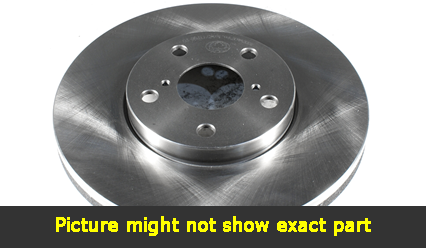
Part No: BR55126
Raybestos: 580403
OE: 15251335
Raybestos: 580403
OE: 15251335
$43.47 each
Per Car QTY: 2
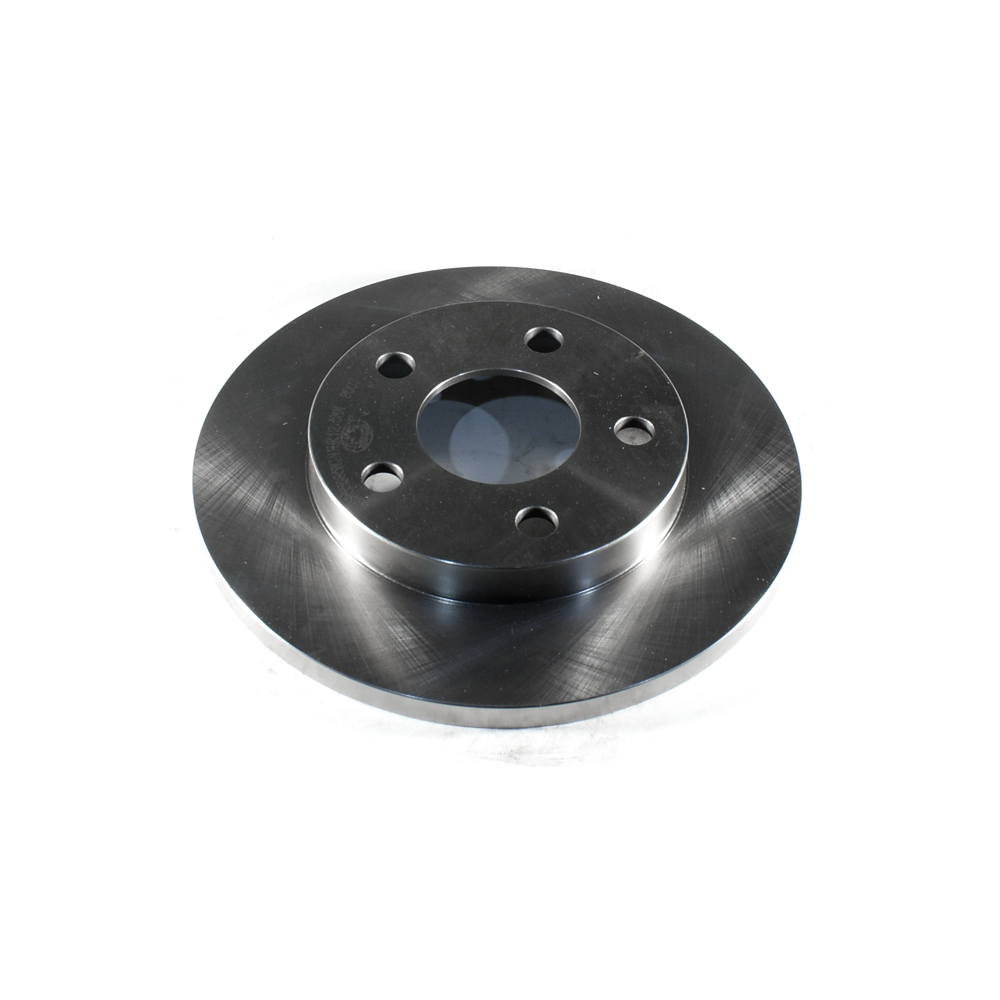
Part No: BR55085
Raybestos: 580171
OE: 18048699
Raybestos: 580171
OE: 18048699
$26.5 each
Per Car QTY: 2
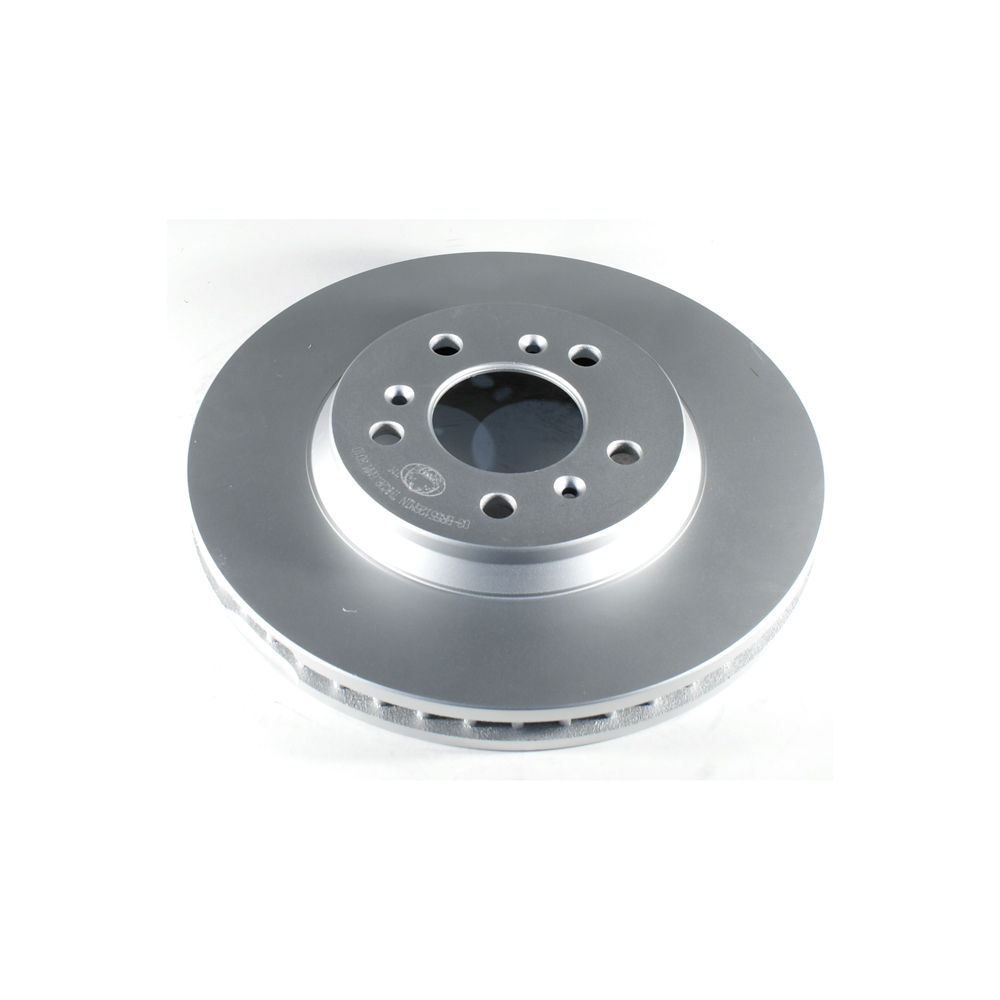
Part No: PP55126
Raybestos: 580403
OE: 15251335
Raybestos: 580403
OE: 15251335
$61.69 each
Per Car QTY: 2
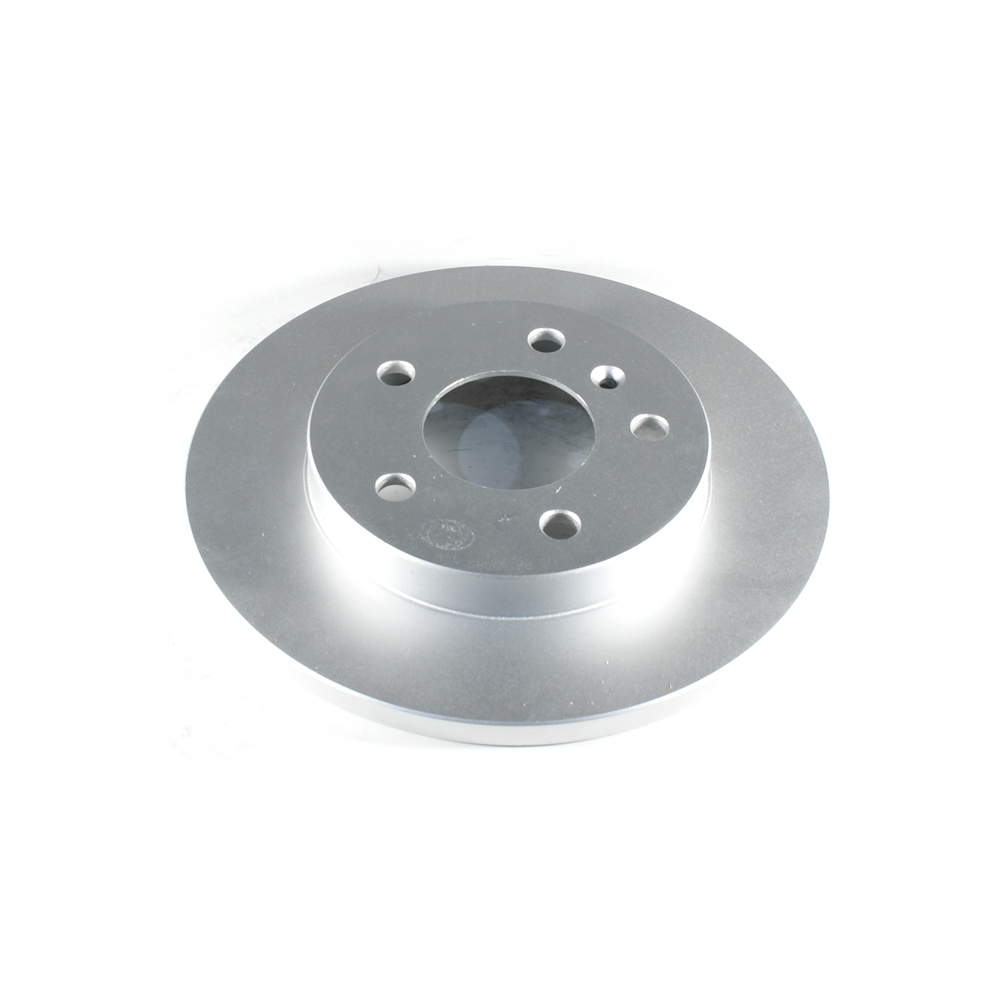
Part No: PP55085
Raybestos: 580171
OE: 18048699
Raybestos: 580171
OE: 18048699
$35.62 each
Per Car QTY: 2
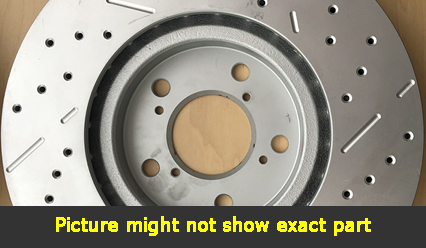
Part No: SP55126L
Raybestos: 580403
OE: 15251335
Raybestos: 580403
OE: 15251335
$94.09 each
Per Car QTY: 1
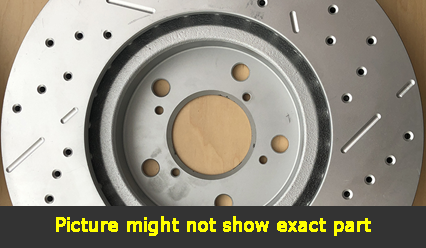
Part No: SP55126R
Raybestos: 580403
OE: 15251335
Raybestos: 580403
OE: 15251335
$94.09 each
Per Car QTY: 1
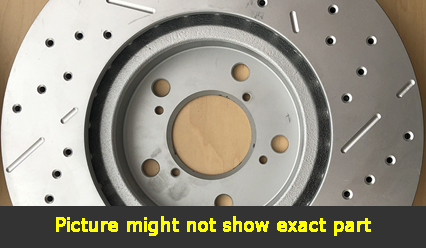
Part No: SP55085L
Raybestos: 580171
OE: 18048699
Raybestos: 580171
OE: 18048699
$68.02 each
Per Car QTY: 1
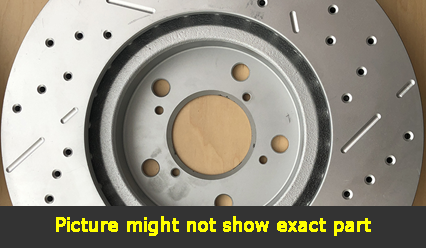
Part No: SP55085R
Raybestos: 580171
OE: 18048699
Raybestos: 580171
OE: 18048699
$68.02 each
Per Car QTY: 1
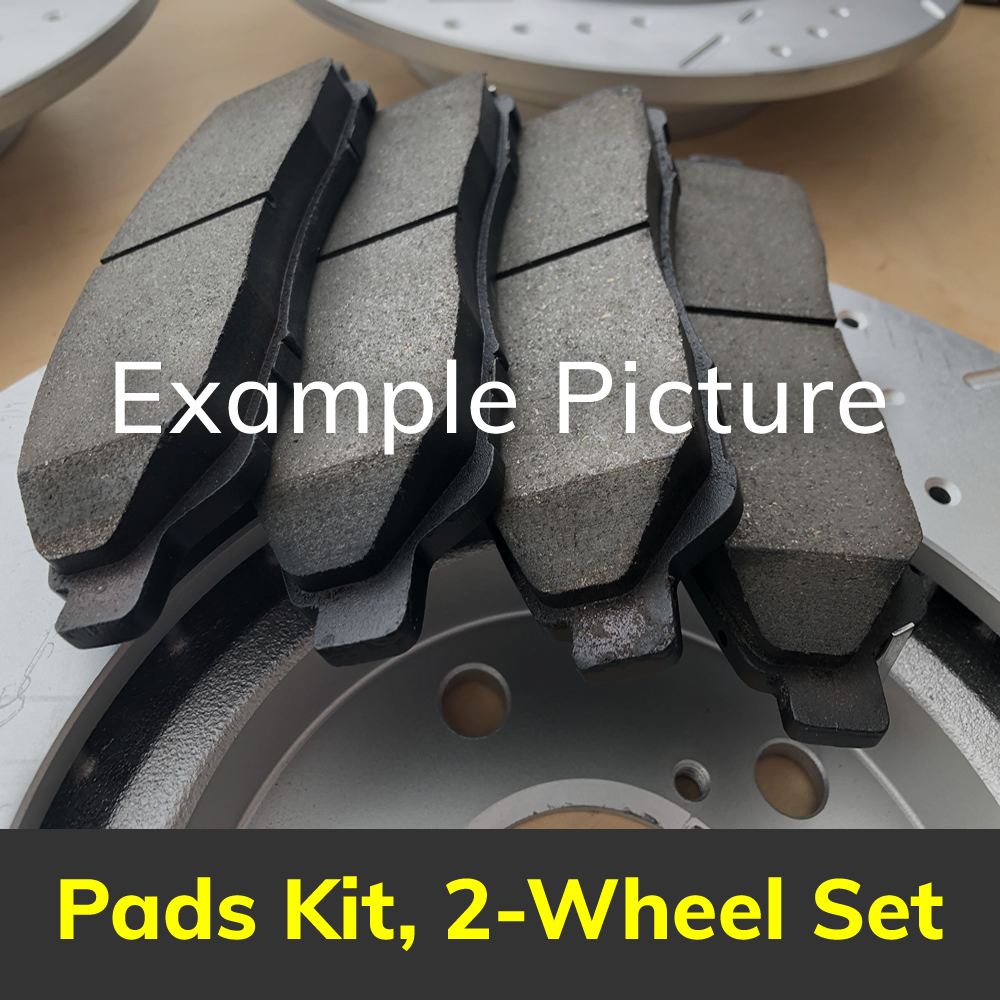
Part No: PD1159C
Raybestos: 1159
OE:
Raybestos: 1159
OE:
$39.67 each
Per Car QTY: 1
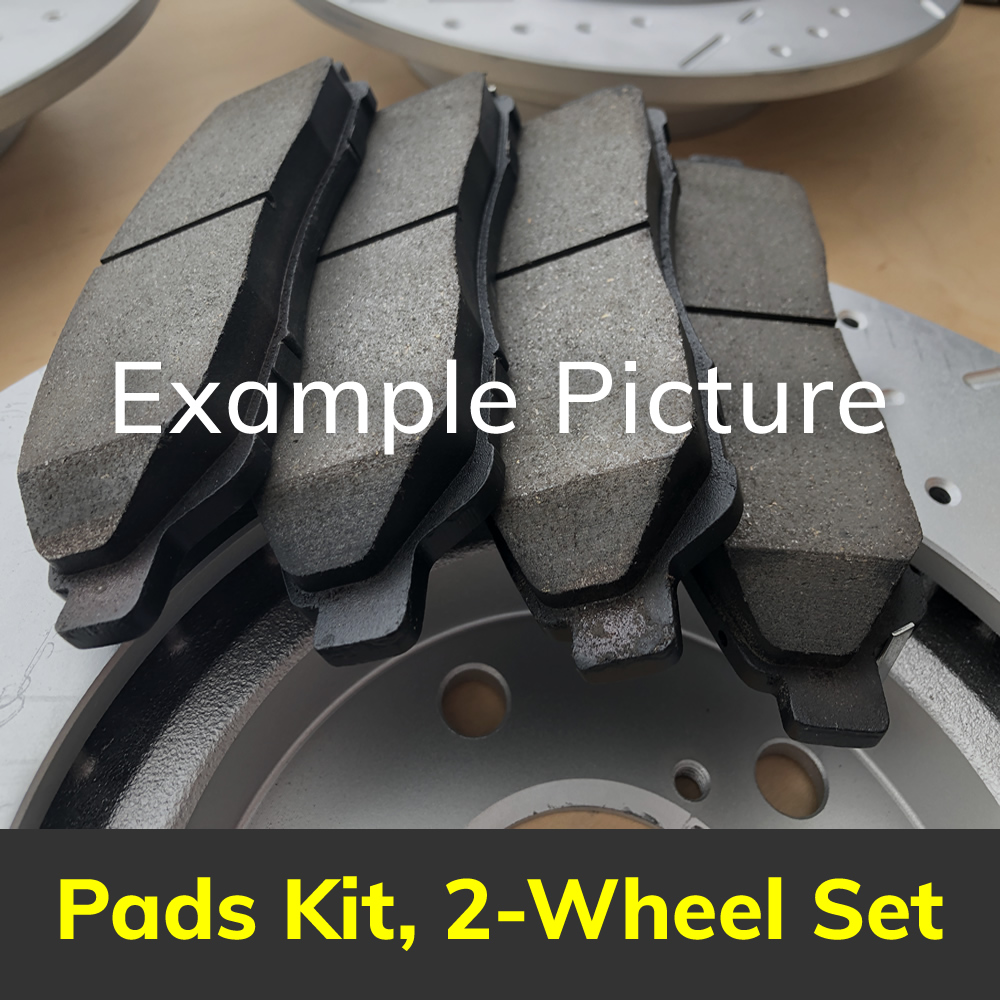
Part No: PD999C
Raybestos: 999
OE:
Raybestos: 999
OE:
$30.98 each
Per Car QTY: 1
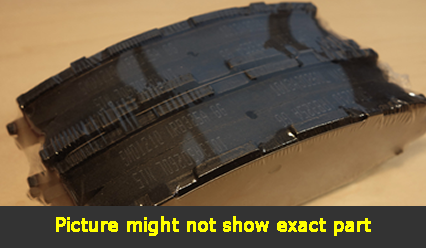
Part No: SMD1159
Raybestos:
OE:
Raybestos:
OE:
$26.23 each
Per Car QTY: 1
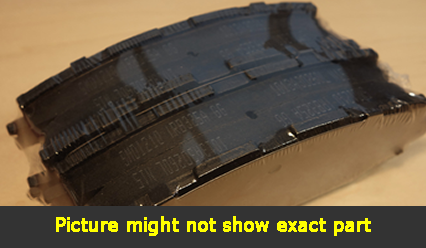
Part No: SMD999
Raybestos:
OE:
Raybestos:
OE:
$21.19 each
Per Car QTY: 1
How to Choose the Right Brakes for Your 2011 Chevrolet Impala
When it comes to the safety and performance of your vehicle, the braking system plays a crucial role. If you drive a 2011 Chevrolet Impala and are looking to replace your brakes, it's important to choose the right ones that match your driving style and specific needs. With a plethora of options available in the market, finding the perfect brakes can be overwhelming. However, by considering a few essential factors, you can make an informed decision. So, let's dive into the details and explore how to choose the right brakes for your 2011 Chevrolet Impala.
1. Determine Your Driving Needs:
The first step is to assess your driving style and needs. Are you a casual driver who mostly commutes in the city, or do you frequently go on long highway trips? Your driving habits can help you narrow down the types of brakes that will best suit your needs. For example, if you do a lot of city driving with frequent stop-and-go traffic, you might benefit from brakes with good low-speed stopping power. On the other hand, if you often drive long distances, brakes with better heat dissipation might be a priority to prevent brake fade.
2. Consider OEM or Aftermarket:
You have two primary options when it comes to brakes: Original Equipment Manufacturer (OEM) brakes or aftermarket brakes. OEM brakes are made by the same manufacturer as the ones that came with your Impala, ensuring compatibility and similar performance. However, they might be slightly more expensive. Aftermarket brakes, on the other hand, offer a wider range of options, including performance brake pads and rotors designed for specific driving conditions. These can be a great choice if you want to upgrade your vehicle's braking performance.
3. Brake Pad Material:
Different brake pad materials offer varying levels of performance and longevity. The most common types of brake pad materials include organic, semi-metallic, and ceramic.
- Organic brake pads: These are the least expensive but also wear out the quickest. They provide smooth and quiet operation, but their performance can be limited under heavy use or high-temperature conditions.
- Semi-metallic brake pads: These offer better stopping power and durability than organic pads. They are made of a mix of metal fibers and other composite materials, providing better performance under high-stress conditions.
- Ceramic brake pads: Ceramic pads are known for their ability to dissipate heat better, resulting in improved performance and reduced brake fade. They also generate less dust and noise, making them an excellent option for comfort and longevity.
4. Rotors:
When replacing your brake pads, it's often a good idea to replace the rotors as well. Rotors can wear over time, causing uneven braking, vibrations, or pulsations. There are different types of rotors available, including standard rotors, slotted rotors, and drilled rotors.
- Standard rotors: These are the most common and affordable option. They provide good performance for everyday driving.
- Slotted rotors: Slotted rotors have slots cut into the rotor's surface. These slots help vent gas and heat generated during braking, resulting in better performance and improved brake pad bite.
- Drilled rotors: Drilled rotors have holes drilled through them to enhance heat dissipation and reduce brake fade. However, they may be more prone to cracking under heavy use.
5. Budget:
Lastly, consider your budget when selecting brakes for your 2011 Chevrolet Impala. Determine how much you are willing to spend on brakes and try to find options that meet both your performance and budget requirements. Remember, it's crucial to prioritize safety and quality, so don't compromise too much solely based on price.
In conclusion, choosing the right brakes for your 2011 Chevrolet Impala involves considering your driving needs, selecting the right pad material, evaluating rotor options, and staying within your budget. By keeping these factors in mind, you can make a well-informed decision and ensure your vehicle's braking system is efficient and reliable. Remember to consult with experts or refer to your vehicle's manual for specific recommendations to ensure the best possible outcome.
When it comes to the safety and performance of your vehicle, the braking system plays a crucial role. If you drive a 2011 Chevrolet Impala and are looking to replace your brakes, it's important to choose the right ones that match your driving style and specific needs. With a plethora of options available in the market, finding the perfect brakes can be overwhelming. However, by considering a few essential factors, you can make an informed decision. So, let's dive into the details and explore how to choose the right brakes for your 2011 Chevrolet Impala.
1. Determine Your Driving Needs:
The first step is to assess your driving style and needs. Are you a casual driver who mostly commutes in the city, or do you frequently go on long highway trips? Your driving habits can help you narrow down the types of brakes that will best suit your needs. For example, if you do a lot of city driving with frequent stop-and-go traffic, you might benefit from brakes with good low-speed stopping power. On the other hand, if you often drive long distances, brakes with better heat dissipation might be a priority to prevent brake fade.
2. Consider OEM or Aftermarket:
You have two primary options when it comes to brakes: Original Equipment Manufacturer (OEM) brakes or aftermarket brakes. OEM brakes are made by the same manufacturer as the ones that came with your Impala, ensuring compatibility and similar performance. However, they might be slightly more expensive. Aftermarket brakes, on the other hand, offer a wider range of options, including performance brake pads and rotors designed for specific driving conditions. These can be a great choice if you want to upgrade your vehicle's braking performance.
3. Brake Pad Material:
Different brake pad materials offer varying levels of performance and longevity. The most common types of brake pad materials include organic, semi-metallic, and ceramic.
- Organic brake pads: These are the least expensive but also wear out the quickest. They provide smooth and quiet operation, but their performance can be limited under heavy use or high-temperature conditions.
- Semi-metallic brake pads: These offer better stopping power and durability than organic pads. They are made of a mix of metal fibers and other composite materials, providing better performance under high-stress conditions.
- Ceramic brake pads: Ceramic pads are known for their ability to dissipate heat better, resulting in improved performance and reduced brake fade. They also generate less dust and noise, making them an excellent option for comfort and longevity.
4. Rotors:
When replacing your brake pads, it's often a good idea to replace the rotors as well. Rotors can wear over time, causing uneven braking, vibrations, or pulsations. There are different types of rotors available, including standard rotors, slotted rotors, and drilled rotors.
- Standard rotors: These are the most common and affordable option. They provide good performance for everyday driving.
- Slotted rotors: Slotted rotors have slots cut into the rotor's surface. These slots help vent gas and heat generated during braking, resulting in better performance and improved brake pad bite.
- Drilled rotors: Drilled rotors have holes drilled through them to enhance heat dissipation and reduce brake fade. However, they may be more prone to cracking under heavy use.
5. Budget:
Lastly, consider your budget when selecting brakes for your 2011 Chevrolet Impala. Determine how much you are willing to spend on brakes and try to find options that meet both your performance and budget requirements. Remember, it's crucial to prioritize safety and quality, so don't compromise too much solely based on price.
In conclusion, choosing the right brakes for your 2011 Chevrolet Impala involves considering your driving needs, selecting the right pad material, evaluating rotor options, and staying within your budget. By keeping these factors in mind, you can make a well-informed decision and ensure your vehicle's braking system is efficient and reliable. Remember to consult with experts or refer to your vehicle's manual for specific recommendations to ensure the best possible outcome.


